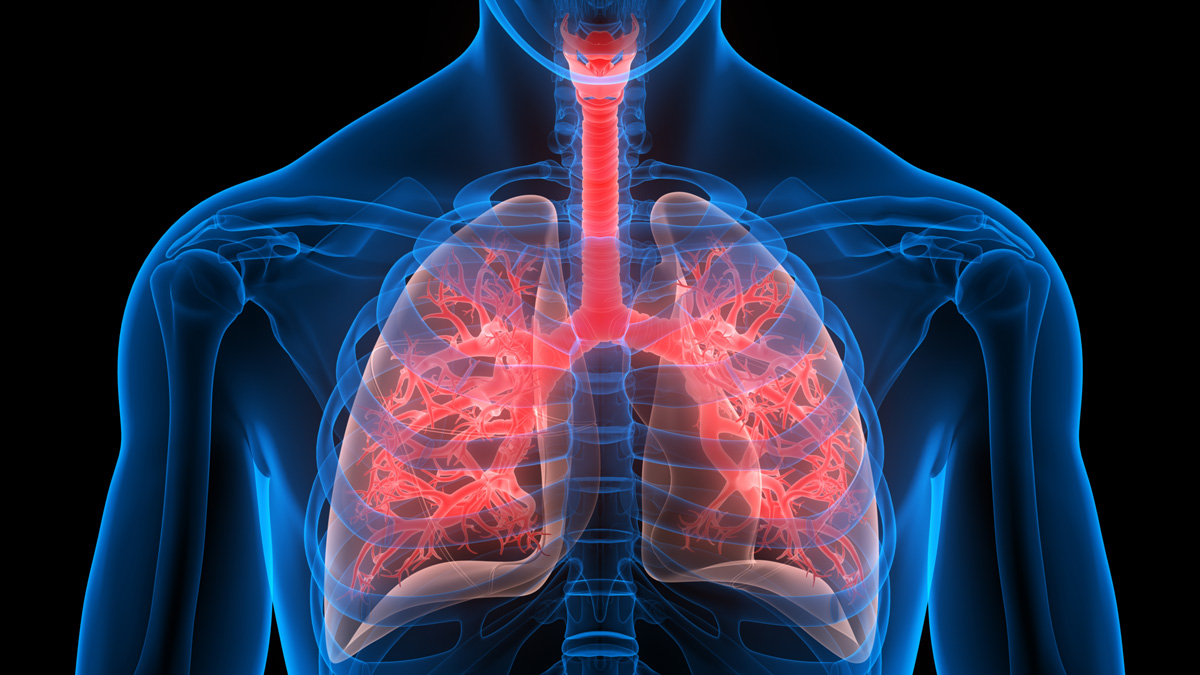Understanding COVID-19 and varying responses across the globe


While lockdown eases across England, local lockdowns are becoming an ever-growing threat across the country. This is a unique response in comparison to other countries across the world and could be indicative of a second spike in infections.
At the beginning of the pandemic, The London School of Hygiene and Tropical Medicine launched a course focussed on understanding COVID-19 and the varying response across the globe. The course provided a good foundation on understanding the virology of COVID-19. Members of our team took part in the course to gain a better understanding of the pandemic, so we could best serve our clients during this challenging time. Here are some of the key learnings.
COVID-19, also known as SARS-COV-2, is a type of coronavirus that is characterised by crown-like spikes and can cause a range of illnesses in humans from the common cold to severe disease. Coronaviruses are commonly found in animals, but rarely people get infected with a new type of virus which they catch from an animal.
Humans have been affected by these types of viruses before such as SARS (from civet cats) and MERS (from dromedary camels). However, COVID-19 is thought to have come possibly from bats.
The symptoms can range from mild to severe, all affecting the respiratory system, from fever and fatigue to complete respiratory failure.
The severity of the disease can be measured by the case fatality rate (CFR). This is the number of people who die from that condition out of the total of number of cases with the condition.
At the time of writing this article, the global CFRs for MERS, SARS, and COVID-19 are 37%, 10%, and 5% accordingly. However, for the UK the current CFR is 14% which is nearly three times higher than the global average.
How did COVID-19 become a global pandemic?
To understand how the pandemic has come to be, it is important to understand the route of transmission which has no doubt contributed to the accelerated spread of the disease. There are three main ways that respiratory viruses are known to spread. First, droplets which are larger particles that are greater than 5mm that travel under 1m.












